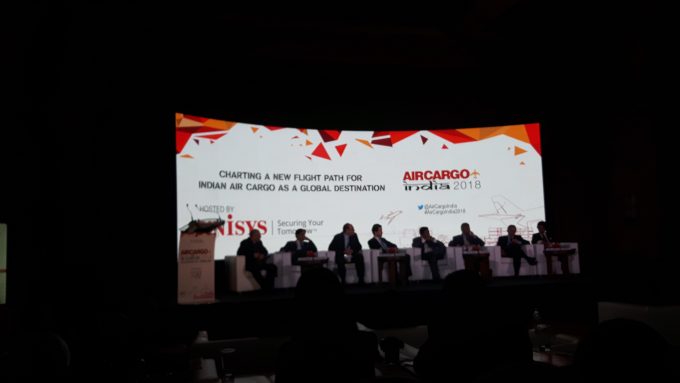Air cargo still flying high as capacity stays tight, but rates are slipping
It may be January, but faith in the air cargo sector continues to be high, ...

The fourth quarter of last year was “complete mayem”, as an unprepared air cargo industry failed its customers.
Russi Batliwala, CEO of Chapman Freeborn, berated the “unreliable” air cargo industry for letting down shippers, who were also forced to pay high rates.
Claiming the industry had failed, he told delegates at Air Cargo India in Mumbai this morning: “The fourth quarter was complete mayhem. Availability was extremely limited. We’ve got people like Airbus and Boeing, IATA, legacy carriers, but we failed.
“We were ...
Asia-USEC shippers to lose 42% capacity in a surge of blanked sailings
USTR fees will lead to 'complete destabilisation' of container shipping alliances
Outlook for container shipping 'more uncertain now than at the onset of Covid'
New USTR port fees threaten shipping and global supply chains, says Cosco
Transpac container service closures mount
DHL Express suspends non-de minimis B2C parcels to US consumers
Zim ordered to pay Samsung $3.7m for 'wrongful' D&D charges
Flexport lawsuit an 'undifferentiated mass of gibberish', claims Freightmate
Cancelled voyages take the sting out of spot rate declines this week
Uncertainty over US tariffs sparks interest in bonded warehouses for imports
Shippers warned: don't under-value US exports to avoid tariffs – 'CBP will catch you'
Blanked sailings in response to falling demand 'just a stop-gap solution'


Comment on this article